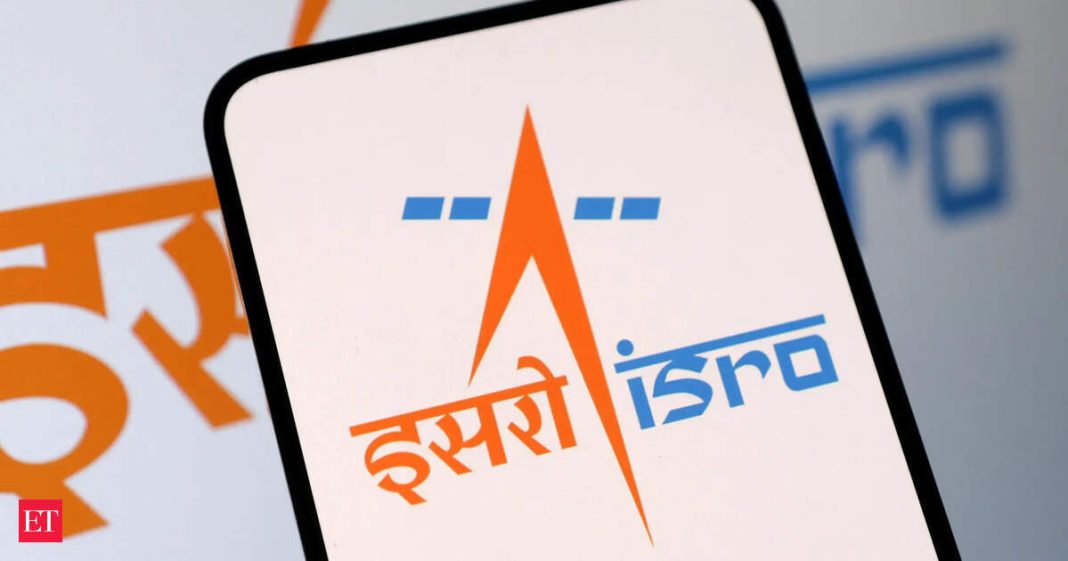Key Takeaways
- ISRO successfully tested Gaganyaan’s main parachutes under extreme conditions
- Test validated parachute system for maximum design loads
- System uses 10 parachutes with redundancy for crew safety
- Multiple agencies including DRDO and Indian Air Force participated
ISRO has successfully conducted a crucial test on the main parachutes for India’s first human spaceflight mission, Gaganyaan. The test at Babina Field Firing Range in Jhansi validates the parachute system under extreme scenarios, marking significant progress toward sending Indian astronauts to space.
Parachute System Details
The Gaganyaan Crew Module uses a sophisticated parachute system with 10 parachutes of four different types. This complex system ensures the safe descent and landing of the three-member crew after their three-day space mission.
The descent sequence involves multiple stages:
- Two apex cover separation parachutes remove protective covers
- Two drogue parachutes stabilize and decelerate the module
- Three pilot parachutes deploy three main parachutes
- Main parachutes ensure safe touchdown speed
Redundancy and Safety Features
“The system is designed with redundancy—two of the three main parachutes are sufficient to achieve a safe landing,” ISRO stated. The main parachutes deploy using a step-by-step process called reefed inflation, where they open partially first and then fully after a predetermined time.
This controlled deployment uses pyro devices—pyrotechnic mechanisms that perform specific functions through controlled combustion. The recent test successfully demonstrated one of the most extreme scenarios: delayed disreefing between two main parachutes.
Test Parameters and Results
ISRO dropped a simulated mass equivalent to the Crew Module from 2.5 km altitude using an Indian Air Force IL-76 aircraft. The test evaluated structural integrity and load distribution under asymmetric disreefing conditions—one of the most critical scenarios during actual mission descent.
The parachute system deployed as planned, executing the sequence flawlessly. The test article achieved stable descent and soft landing, validating the robustness of the parachute design.
Collaborative Achievement
The successful test involved multiple organizations including Vikram Sarabhai Space Centre, Aerial Delivery Research and Development Establishment (ADRDE), DRDO, Indian Air Force, and Indian Army. This collaboration marks another significant step toward qualifying the parachute system for human spaceflight, bringing India closer to its historic manned space mission.




